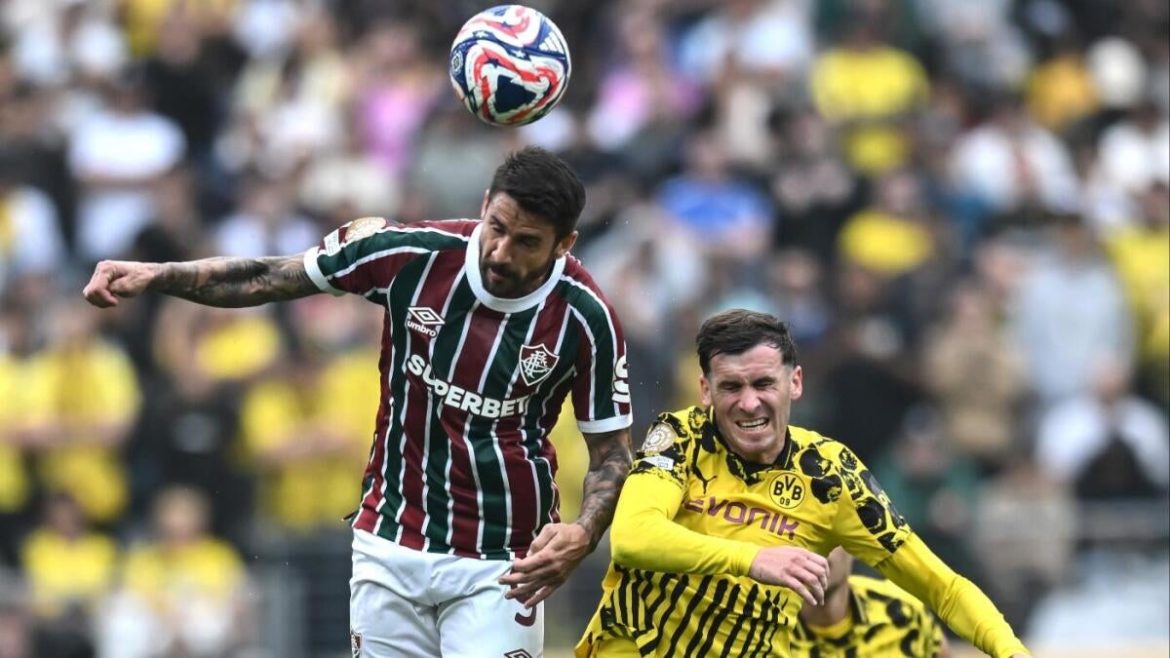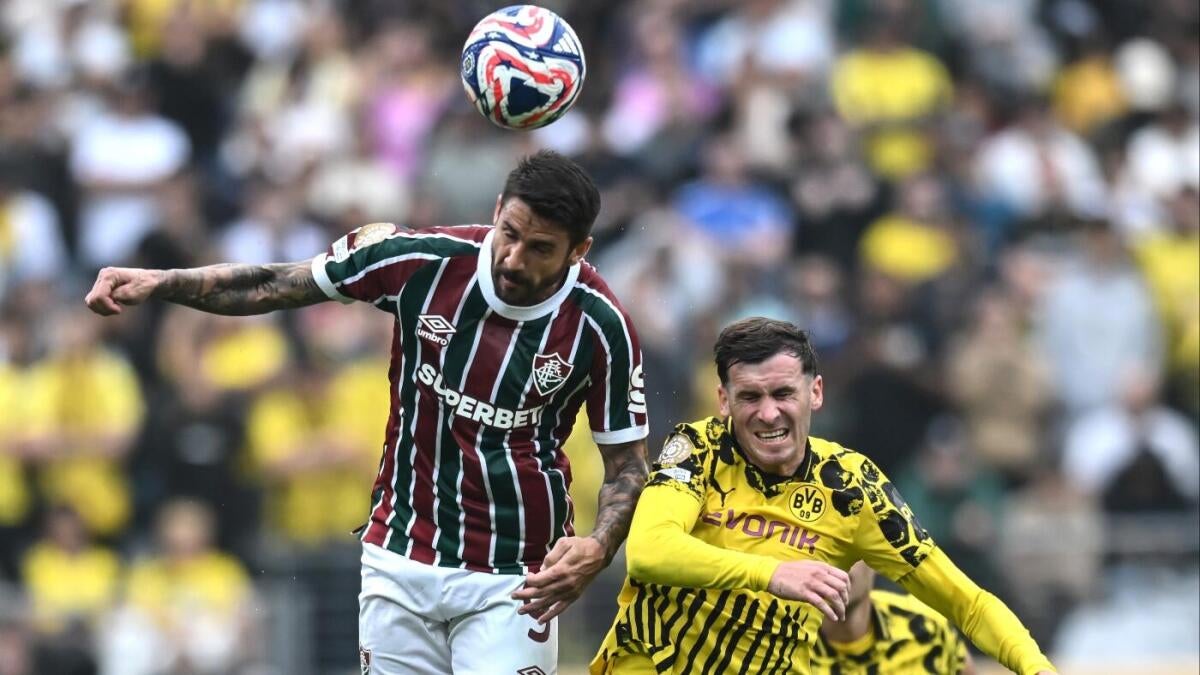The Stakes are High: South American Football and the Expanded Club World Cup
The 2025 FIFA Club World Cup, expanding to a 32-team format and hosted in the United States, represents a pivotal moment for South American football. Beyond the allure of a substantial prize pool – nearing the financial rewards of the Champions League – the tournament is being framed as a crucial test of the continent’s competitive standing against its European rivals. For years, South American clubs have largely been overshadowed in this competition, and the expanded format, while offering more opportunities, simultaneously amplifies the pressure to perform. The question isn’t simply *can* South American teams save the Club World Cup from being perceived as a European showcase, but *will* they seize the opportunity to demonstrate their enduring quality and reclaim a position of global prominence?
A History of Domination…and Decline
Historically, South American football enjoyed a period of significant success on the world stage. The early iterations of the Club World Cup saw triumphs for Brazilian and Argentinian clubs, showcasing a vibrant and competitive landscape. Corinthians’ victory in 2012, defeating Chelsea, remains the last time a South American team lifted the trophy, breaking a 17-year European stranglehold. However, the narrative has shifted. Recent decades have witnessed a growing disparity in financial resources and overall competitive strength between European and South American clubs. This imbalance is reflected in the broader statistics: UEFA boasts 12 World Cup titles compared to CONMEBOL’s 9, and a significantly higher presence in World Cup semi-finals (60 vs. 22).
The current situation is characterized by a perceived “doldrums” in South American football, with a reliance on Brazilian clubs to represent the continent’s best. The question of why non-Brazilian clubs struggle to win the FIFA Club World Cup underscores this dependency. This isn’t to diminish the achievements of Brazilian teams – they have dominated the Copa Libertadores in recent years, securing the majority of spots in the expanded Club World Cup – but it highlights a concerning lack of widespread competitiveness across the continent.
The 2025 Tournament: A New Landscape
The expanded 2025 Club World Cup offers a unique opportunity for South American clubs. Six teams – Palmeiras, Botafogo, Flamengo, Fluminense, River Plate, and Boca Juniors – will represent CONMEBOL. The Brazilian contingent arrives with a strong pedigree, having won the last four Copa Libertadores titles. River Plate and Boca Juniors, representing Argentina, bring their own historical weight and recent strong performances.
The tournament’s structure, with its increased number of participants, is designed to be more inclusive and merit-based. South American sides will receive $15.21 million for participation, a significant sum, though still less than the potential earnings for European teams. This financial disparity, while acknowledged, doesn’t diminish the competitive spirit.
Crucially, domestic leagues in Argentina and Brazil have adjusted their schedules to prioritize their clubs’ participation in the Club World Cup, demonstrating a continent-wide commitment to success. The draw has already taken place, with clubs learning their group stage fates, and a palpable sense of anticipation is building. Botafogo’s owner, for example, has publicly declared the club’s readiness to “play the world.”
Playing to Win: A Shift in Mentality?
The articles suggest a growing determination among South American clubs to not merely participate, but to *compete* and win. This is a critical shift in mentality. Historically, some viewed the Club World Cup as a valuable experience, but not necessarily a realistic opportunity for victory. Now, fueled by recent successes in the Copa Libertadores and a desire to close the gap with European counterparts, there’s a renewed belief in their capabilities.
Fluminense’s dominant 0-0 draw against Borussia Dortmund serves as a potent symbol of this evolving confidence. While a draw, the performance demonstrated the quality and tactical sophistication of a South American team against a European powerhouse. This isn’t about simply matching European teams; it’s about proving they can outperform them.
The remaining qualifying spot for the tournament is also fiercely contested, highlighting the ambition of clubs across the continent. The pressure to secure representation and showcase South American football is immense.
Beyond the Pitch: Political and Economic Implications
The Club World Cup isn’t solely a sporting event; it’s also a stage for political and economic maneuvering. The substantial prize money at stake – potentially EUR97 million for the winner – underscores the financial incentives driving participation. The tournament’s location in the United States also carries strategic implications, potentially expanding the reach and commercial viability of both CONMEBOL and its member clubs.
Furthermore, the tournament’s success, or lack thereof, for South American teams will have broader implications for the continent’s standing in the global football hierarchy. A strong showing could attract increased investment, improve player development programs, and revitalize the overall competitiveness of South American leagues.
A Defining Moment
The 2025 FIFA Club World Cup is more than just a tournament; it’s a referendum on the current state of South American football. The expanded format provides an unprecedented opportunity to challenge the European dominance and demonstrate the enduring quality of the continent’s clubs. While the odds may be stacked against them, the determination, talent, and recent successes of Brazilian and Argentinian teams suggest that South America is ready to fight for its place on the world stage. Whether they can truly “save” the Club World Cup from becoming a purely European affair remains to be seen, but the stakes are undeniably high, and the world will be watching. The tournament represents a chance to not only win a trophy, but to reignite a legacy and reaffirm South America’s position as a global footballing power.





